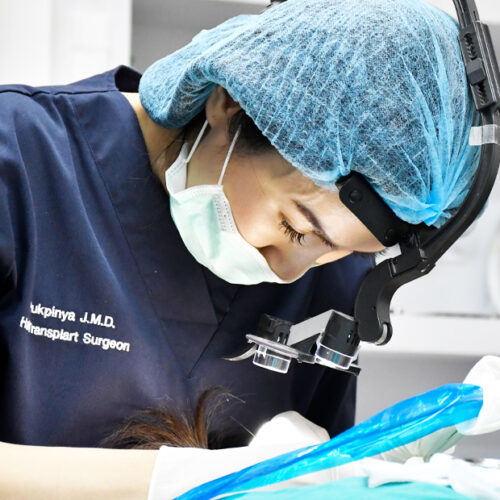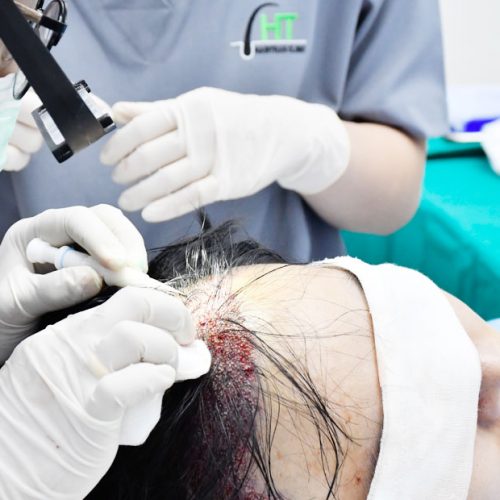Is DHI technique better than FUE technique?
Hair transplant techniques or names have always been confusing for most people since this market has evolved rapidly with new tools and techniques in the past few decades. It has become difficult for most people to keep up with all the new names and the general understanding of hair transplants because of the new marketing terms created by different doctors, including some hair transplant clinics in Thailand.
According to the International Society of Hair Restoration Surgery (ISHRS), hair transplant techniques are categorised by the hair graft harvesting method. There are only two types of hair transplants that are still widely used in the past 20 years: FUT and FUE.

FUT (Follicular Unit Transplant or "strip" harvesting)
FUT hair transplant is an older technique that is still widely used today. They perform an FUT hair transplant by cutting a strip of the scalp from the back of your head and dissecting it out to single follicular units under a microscope. Dissecting the hair follicles under the microscope will allow the technician to see the root of the hair clearly, preventing any chances of physically damaging the hair follicles (thus, giving a low transection rate). The surgeon will introduce this technique to a client who is likely to need a lot of hair donors or require multiple sessions of hair transplant in the future.
The downside of an FUT hair transplant is the wound size. The patient will get a linear wound from a strip harvesting that will turn to a long scar (around 15 cm. long) at the back of their head, between their ears. This wound at the back will need stitching after the harvesting step. It is also possible that this scar can turn into a keloid scar in the future. The patient might be unable to hide this scar with a short haircut. The recovery time of this procedure is also longer than doing an FUE hair transplant because of the big wound.
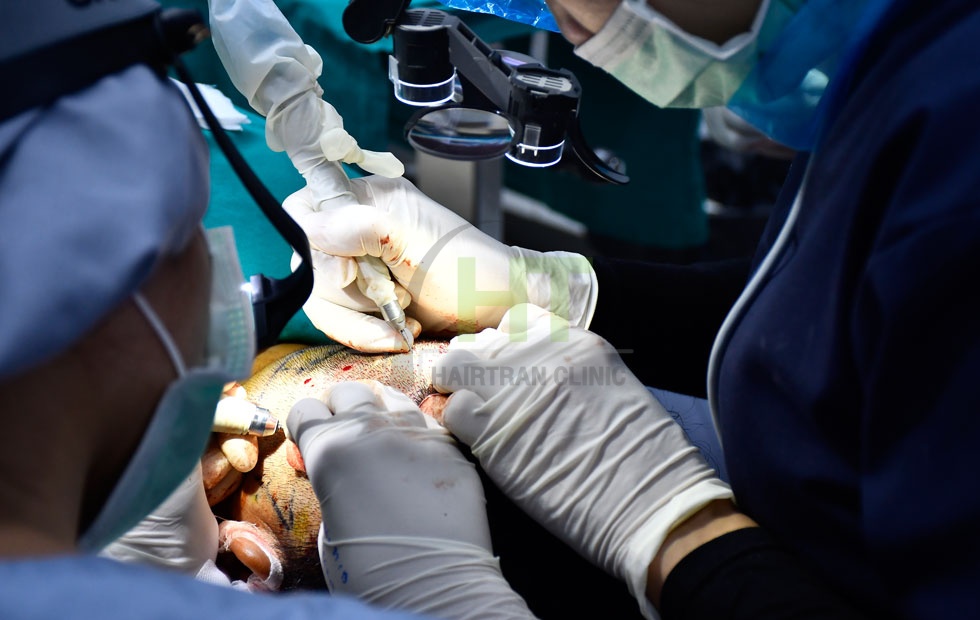
FUE (Follicular Unit Excision)
FUE hair transplant technique in Thailand has been very popular in the past ten years because of the wound size at the donor site and the technology that could be used to reduce the transection rate (Tx rate). The surgeon harvests the hair follicles out one by one, so each hair grafts are ready to be implanted right after the extraction step. Moreover, the wounds from an FUE hair transplant are only small dots, as tiny as 0.8 mm in diameter.
FUE hair transplant has been developed continuously for over two decades. Currently, the instrument used in FUE hair transplant (on the harvesting step) is divided into three different types: Motorized, Manual, and Robotic arm.
A motorized system is an instrument with a motor to rotate or oscillate the punch. At Hairtran Clinic, we use a hybrid punch from the WAW FUE system, Belgium. This motorized system provides a hybrid punch which serves the advantage of both sharp and blunt punches in one, giving less damage around hair follicles during the harvesting step. The motorized system is more advantages than a manual system (where the surgeon harvests hair follicles with a manual force and sharp punch) because the force and the direction of the punch are more controllable. This hybrid punch will increase the survival rate of the hair graft and decrease the transection rate.
As for the robotic arm, the surgeon will be the person to operate the machine while the robot harvests the follicular unit. This instrument is created to reduce human errors. Although the transection still occurs in the robotic arm system, the incidence rate is as low as 2-3%. For example, if the robot harvests 100 hair grafts, the transect or damaged hair will be as low as 2-3 hair grafts. **Hairtran Clinic does not use this machine because our transection is already equally low**

The overall advantage of FUE hair transplant is that the wound size is very small, and the pain is minimal. It doesn’t leave the long linear scar like the FUT technique, so the overall outcome will look more natural. The recovery time is also shorter because of the small wounds. With the recent technology of FUE systems, the survival rate of transplanted hair is higher than 90%.
What is Direct Hair Implantation (DHI)?
DHI technique is a marketing term for using an implanter pen on the placement step of a hair transplant procedure. The implanter pen was invented to replace the use of forceps for graft placement, which is the old technique for putting the hair grafts into the recipient area.
The implanter pen is a pen-like device with hollow needles at the tip of the pen. Recently, the implanter pen has been widely used for hair transplant procedures. It is a device that helps increase the survival rate of the hair graft by avoiding the technician from touching the hair root directly. Holding or squeezing the bulb of the hair follicles with forceps will physically damage hair cells. This action will reduce the chance that the hair will survive.
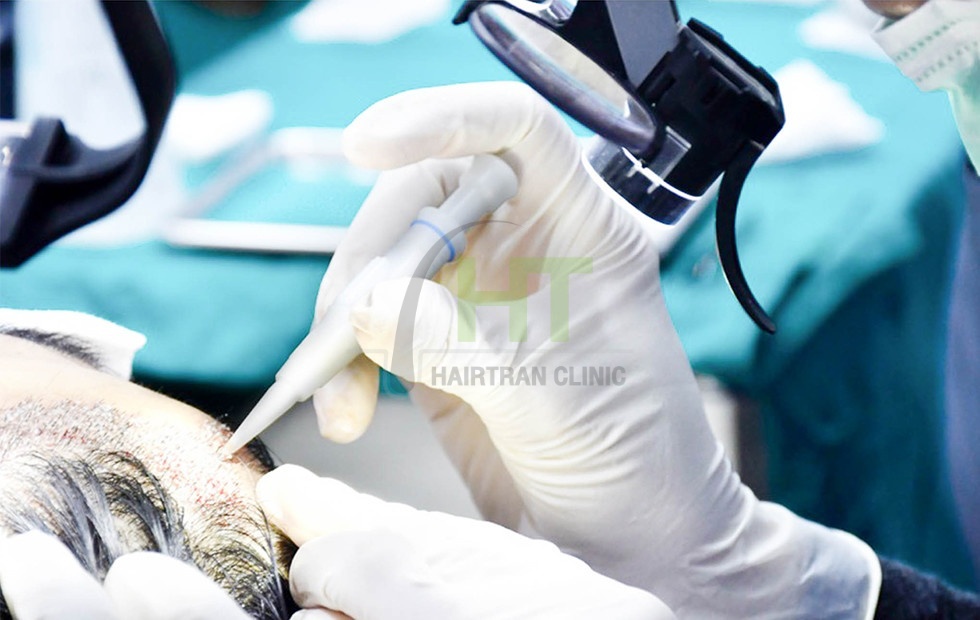
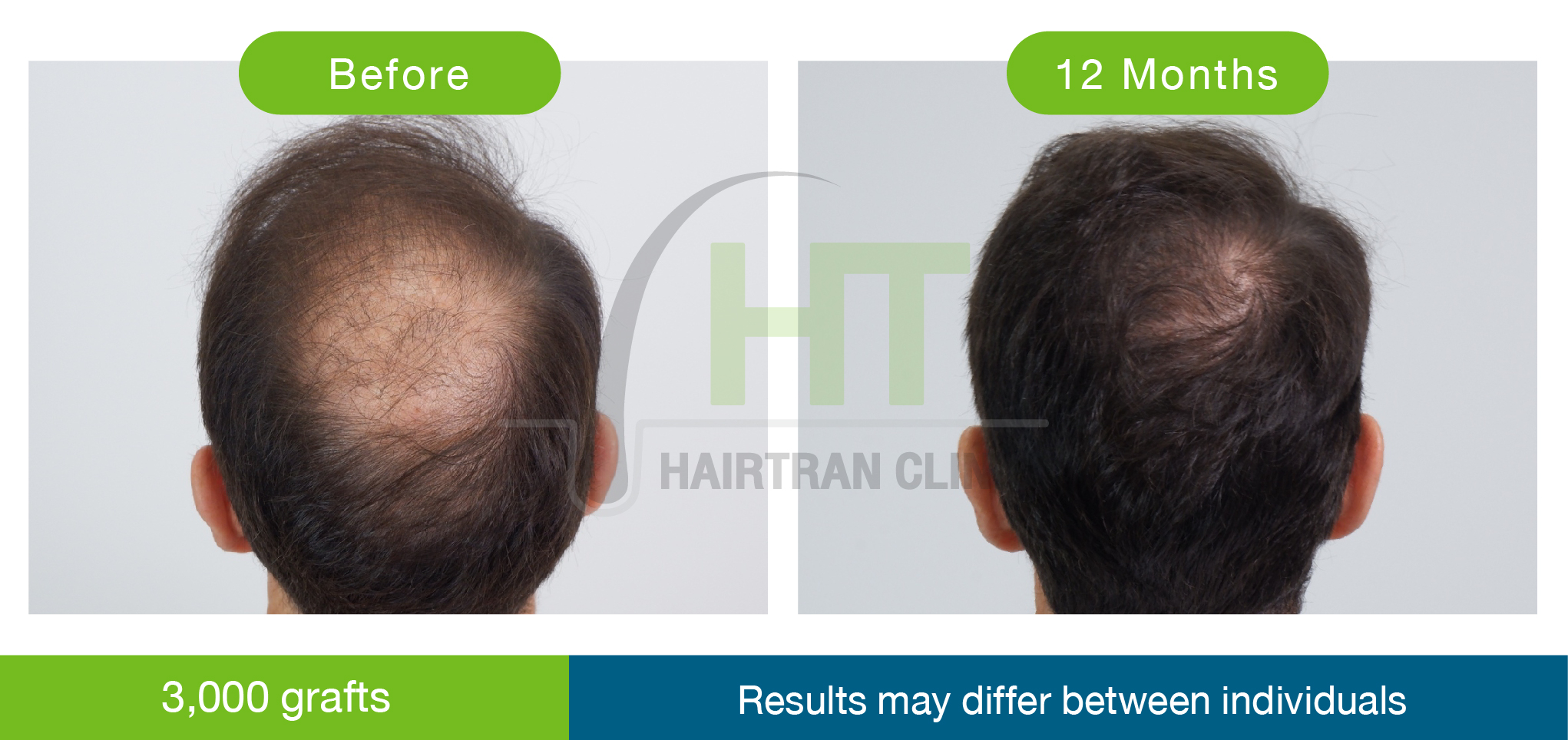
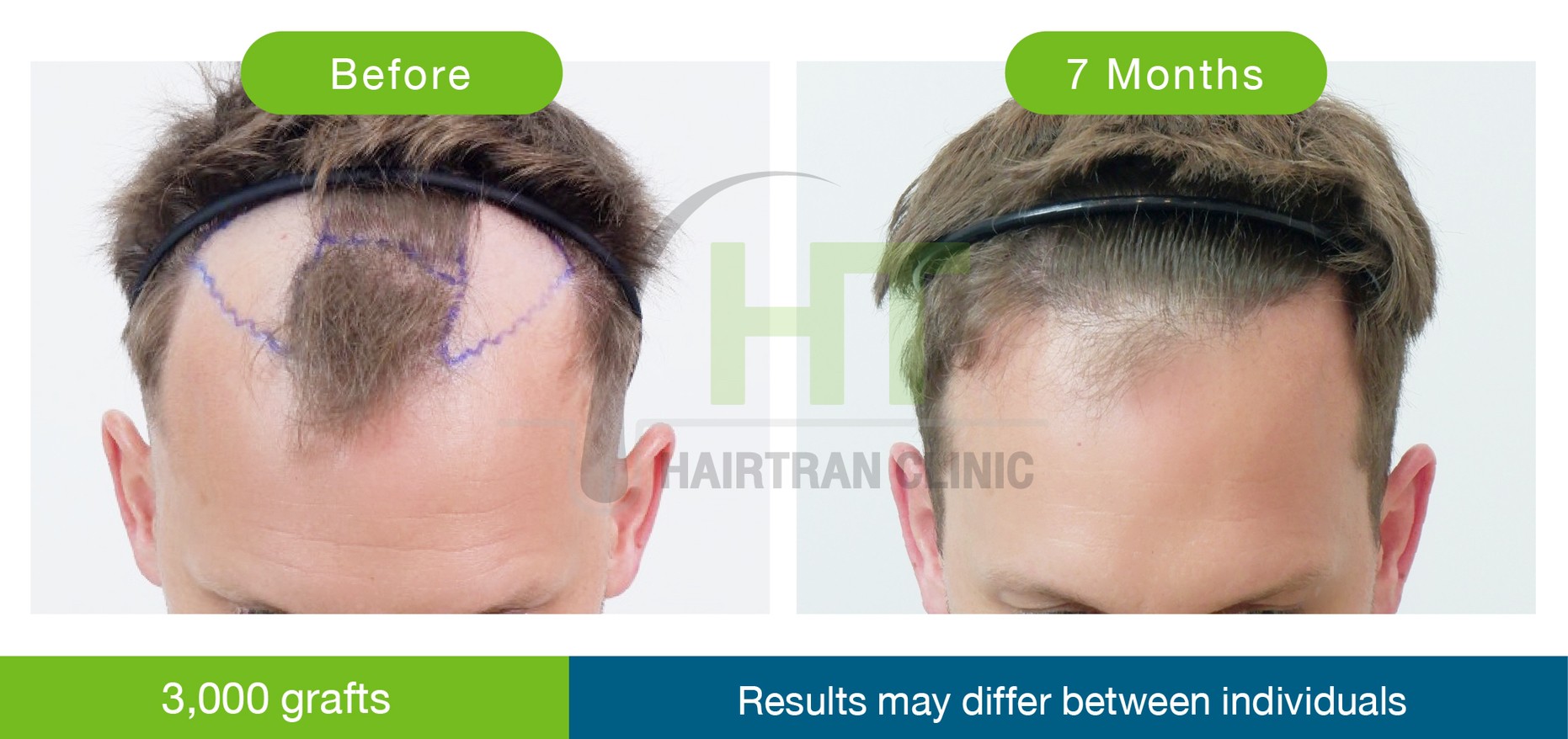
Summary
FUE hair transplant is a technique where we harvest your hair follicles “out” from your scalp one by one. On the other hand, the DHI technique is a technique where we use an implanter pen to place the hair follicles back “into” your scalp. These two techniques take place in different steps.
So, DHI and FUE techniques are incomparable. The surgeon can perform FUE OR FUT techniques on a harvesting step, then perform a “DHI technique” on the placement step.
If you still cannot decide which technique you should get for your hair transplant journey in Bangkok, we suggest you consult with us. The consultation at Hairtran Clinic is free, and we can guarantee our hair transplant results!
Pukpinya Jangjetriew, MD
HAIRTRAN CLINIC
Contact us to ask questions or book for a free consultation :
Line Official Account : @Hairtranclinic
Tel : 0882441424


